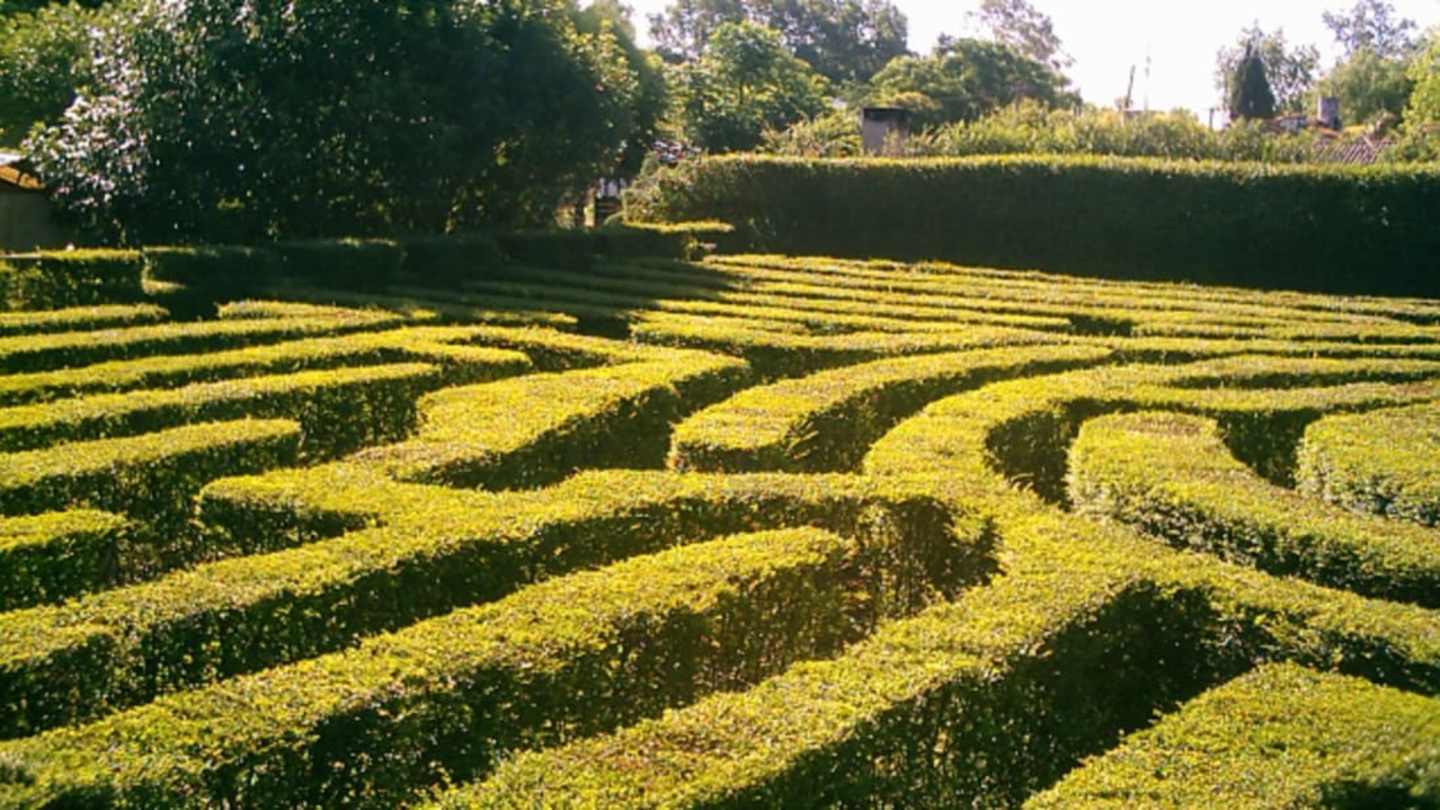Have you ever found yourself wandering through a twisty path, Trying To Find Your Way out? That intriguing feeling of getting lost and then ultimately finding your way back is what makes mazes and Labyrinths So Captivating. While they might seem similar at First Glance, there are some key differences between These Two Puzzling Paths.
Mazes, with their branching corridors and dead ends, require strategy and a bit of Luck To Navigate Successfully. They often present a challenge, Testing Our problem-solving skills as we try to find the correct path. Labyrinths, on the other hand, offer a single, winding path leading to a central point. Unlike mazes, they aren’t about outsmarting the design; they invite contemplation and a sense of journey.
This is where Facts About Labyrinths Become Fascinating. From ancient Egyptian temples to modern-Day Gardens, labyrinths have served diverse purposes throughout history. Some view them as spiritual pathways for meditation and introspection, while others see them as playful challenges designed for entertainment. Let’s delve into the rich history and intriguing variations of these captivating paths.
Labyrinths vs. Mazes: Defining the Difference
So, you’ve stepped into a winding path. But is it a labyrinth or a maze? While both can leave you feeling a bit disoriented, there’s a key difference that sets Them Apart. A maze is like a puzzle with multiple paths and dead ends, designed to test your navigational skills. Think of those intricate hedge mazes where you have to carefully choose your direction to avoid getting stuck in a loop.
On the other hand, a labyrinth offers a single, continuous path leading to a central point. Imagine walking on a winding road that gradually narrows until it arrives at a focal spot. There are no wrong turns or deceptive paths to lead you astray. The journey itself is the focus, often incorporating elements of meditation and reflection. This distinction highlights the different purposes These Paths Serve: Mazes Challenge Our problem-Solving Abilities, while labyrinths invite us to contemplate and unwind.
 Story of BlackBerry: Rise, Fall, and Legacy
Story of BlackBerry: Rise, Fall, and LegacyThis fundamental difference in design has led to various cultural interpretations and uses for both labyrinths and mazes Throughout History.
A Journey Through Time: The History Of Labyrinths
The history of labyrinths is a fascinating journey spanning millennia and continents. The earliest known labyrinth dates back to ancient Egypt in the 5th century BCE, found carved into stone floors within temples. These early designs often incorporated religious symbolism and served as pathways for spiritual journeys and rituals.
As civilizations evolved, so did the concept of labyrinths. In medieval Europe, they became popular features in cathedrals, serving as aids for meditation and pilgrimage. Walking a labyrinth was seen as a symbolic journey towards enlightenment. The famous Chartres Cathedral labyrinth in France dates back to the 13th century and continues to draw visitors who seek solace and reflection within Its Intricate Pathways. Through centuries, labyrinths have traversed cultures and continents, adapted to local traditions and beliefs.
From ancient ritualistic sites to modern-Day Gardens, the enduring appeal of labyrinths lies in their ability to offer a sense of peace, introspection, and connection to something greater than ourselves.
Types and Applications: From Hedge to Digital Mazes
Labyrinths and mazes come in a surprising variety of forms, each with its own unique charm and purpose. Classic hedge mazes, often found in grand estates and gardens, present a beautiful visual spectacle with their twisting paths lined by Lush Greenery. These elaborate designs can be quite Challenging To Navigate, offering a delightful sense of accomplishment upon reaching the center.
Then there are temporary mazes made from cornfields or hay bales, appearing seasonally and transforming landscapes into Intricate Puzzles. Imagine wandering through towering stalks of corn, feeling a bit like you’ve stepped into a scene from a fairytale! The world of facts about labyrinths extends beyond the physical realm as well. Digital mazes have become popular in video games and online platforms, offering interactive challenges that can be enjoyed from anywhere with an internet connection. These virtual mazes often incorporate themes, puzzles, and even storytelling elements, adding another layer of complexity to the experience.
Solving the Puzzle: Strategies for Navigating Mazes
Navigating a maze can be both frustrating and exhilarating! There are several strategies you can employ to successfully find your way Through Those Winding Paths.
One classic technique is the “right-Hand Rule.” As you walk, keep your right hand continually touching the wall of the maze. This simple trick ensures you’ll eventually circle back to the center if you follow it consistently. Another helpful approach is to pay attention to patterns and landmarks within the maze. Look for recurring shapes, Dead Ends, or any noticeable features that can serve as visual cues to guide Your Path.
Remember, patience and observation are key! Don’t get discouraged if you find yourself going in circles—simply retrace your steps and try a different approach.
Into the Maze
Stepping into a maze can feel Like Entering Another world—a realm of twists and turns where the familiar rules seem to Melt Away. Imagine yourself standing at the entrance, the path ahead shrouded in a sense of mystery. The air might be filled with the rustle of leaves or the chirping of birds, enhancing the feeling that you’ve stepped into a hidden haven.
As you begin your journey, every turn presents a new possibility, a chance to explore uncharted territory. Your senses come alive—you might notice subtle changes in light and shadow, the scent of blooming flowers, or the feel of cool earth Beneath Your Feet. Each step forward is an invitation to embrace the unknown, to surrender to the labyrinthine journey Unfolding Before You.
There’s a sense of adventure that comes with navigating a maze, a thrill of discovery as you piece together its secrets and gradually Unveil Its Hidden Center. Whether you’re seeking a moment of solitude, a mental challenge, or simply a change of pace, the allure of the maze lies in its ability to transport us beyond the ordinary.










